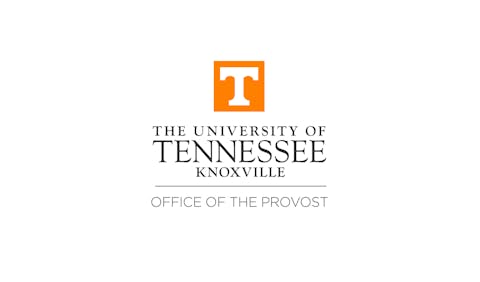 Dr. Fred A. Bonner II
Dr. Fred A. Bonner II
It was this encounter that forever changed how I thought about my own agency. To define and explore who I was, did not have to be based on the definitions and experiences of the “other”—especially when the ‘other’ was outside of the Black diaspora. You mean, I didn’t have to use what Dr. Joe Feagin (2009) referred to as the White Racial Frame to scaffold identity—my Blackness could stand on its own? And I could cast a blind eye on what Toni Morrison referred to as the white gaze, “the assumption that the default reader or observer is coming from a perspective of someone who identifies themselves as White, or that people of color must feel compelled to consider the White reader or observer’s reactions.” (Asare, 2021).
Lamar’s performance took me back, and at the same time it propelled me forward. It made me think in terms of what it meant to negotiate life as an African American man, and as an African American professor whose identity was crafted as counterpoint, never as point, and whose voice was labeled as counternarrative, never as narrative—a privilege that only whiteness accorded. So, at the intersection of my past experiences and contemporary thoughts—the collision happened. The signature refrain—not like us, Toni Morrison’s definition of the white gaze, and Feagin’s paradigm the White Racial Frame all held me along with 133.5 million viewers for 13 minutes and 22 seconds in suspended animation. We were left to grapple with the ontological task of how we would unpack those three words—not, like, us.
Given the unstable national context related to diversity, equity, and inclusion (DEI); especially how the lines of demarcation between cultures, ideologies, and identities were starting to be drawn with solid as opposed to dashed lines, Lamar’s halftime show had to be more than about the music, it had to convey the message. Regardless of individual positionality, and how and where folks entered the conversation about this performance, whether from a perspective that it was the apex of a battle between dueling rappers, who chose to use diss tracks as their weapons of choice, or the display of sociopolitical commentary that was used to drive home a particular message—what was undeniable, it was sheer genius.
It Boils Down to Worldviews
In the final analysis, my efforts to crack the codes embedded in Lamar’s lyrics, and to decipher the messages behind the images I saw on the stage, sent me seeking solutions from sources that ranged from academics, researchers, and scholars to social media critics, influencers, and bloggers. Although I gained a wealth of insight from these discourse communities, I still had feelings of dissonance about what the performance actually meant.
And in a flash, it dawned on me, my first order of business had to be to reframe my thinking. What I realized was that it all boiled down to worldview, Lamar's performance, my doctoral experience, the collective wisdom of the scholars, all these elements contributed to my reframed perspective, 'They are Not Like Us' became We Are Not Like Them.
The research tells us that worldview is “an overarching mode through which people interpret events and define reality. It is a racial or ethnic group’s psychological orientation toward life” (Kambron, 1992; Schiele, 1993; Wright, n.d.; Galler, n.d.). The African juxtaposed to the European worldview reveals:
African Worldview
· The highest value of life lies in interpersonal relationships between humans.
· One gains knowledge through symbolic imagery and rhythm.
· One should live in harmony with nature.
· The survival of the group holds the utmost importance.
· Humans should appropriately utilize the materials among them.
· One's self is complementary to others.
· Change occurs in a natural revolutionary cycle.
· Spirituality holds the most significance.
· Cooperation, collective responsibility, and interdependence are the key values all should strive to achieve.
· All humans are considered to be equal, share a common bond, and be part of the group.
· The Afrocentric worldview is a circular one, in which all events are tied together with one another.
European Worldview
· The highest value of life lies in the object, or in the acquisition of the object.
· One gains knowledge through counting and measuring and quantifying.
· One should control and dominate nature.
· There is a dichotomy (division) or separateness between nature and man.
· The survival of the fittest holds the utmost importance.
· Man should have an unlimited exploitation of the materials around them.
· One’s self is distinct from others.
· Change occurs to meet the immediate objectives, a distant, impersonal god hold the most significance.
· Competition, independence, separateness, individual rights are key values all should strive to achieve.
· All men are considered to be individualistic, unique, and different.
· The Eurocentric worldview is a linear one, in which all events are separate and there is no togetherness.
These are differences, and they should not be mischaracterized as deficits. In essence, by staring with me, I am not forced to look through lenses that were crafted using someone else’s prescription. Knock—knock—knock knock---knock—knock knock. What's the password? I 'see' dead people, and We Are Not Like Them.
Dr. Fred A. Bonner II is Professor and Endowed Chair in Educational Leadership and Counseling at Prairie View A&M University
















